The Heart Rate Monitor Market is currently characterized by a dynamic competitive landscape, driven by technological advancements and an increasing consumer focus on health and fitness. Major players such as Apple (US), Garmin (US), and Polar (FI) are at the forefront, each adopting distinct strategies to enhance their market presence. Apple (US) continues to leverage its ecosystem of devices, integrating heart rate monitoring into its broader health initiatives, while Garmin (US) emphasizes its expertise in outdoor and fitness technology, appealing to a niche market of athletes and outdoor enthusiasts. Polar (FI) focuses on innovation in heart rate technology, particularly in sports performance, which positions it uniquely against competitors. Collectively, these strategies contribute to a competitive environment that is increasingly focused on innovation and user experience.
Key business tactics within the Heart Rate Monitor Market include localizing manufacturing and optimizing supply chains to enhance efficiency and reduce costs. The market structure appears moderately fragmented, with several key players holding substantial market shares while numerous smaller companies also vie for attention. This fragmentation allows for diverse product offerings and innovation, as companies strive to differentiate themselves in a crowded marketplace.
In November 2025, Apple (US) announced a significant update to its Apple Watch series, enhancing its heart rate monitoring capabilities with advanced algorithms that provide more accurate readings during workouts. This strategic move not only reinforces Apple's commitment to health technology but also positions the company to capture a larger share of the fitness-conscious consumer segment. The integration of these features is likely to enhance user engagement and loyalty, further solidifying Apple's market position.
In October 2025, Garmin (US) launched a new line of heart rate monitors specifically designed for triathletes, featuring advanced metrics and connectivity options. This targeted approach reflects Garmin's strategy to cater to specialized markets, thereby enhancing its competitive edge. By focusing on the unique needs of triathletes, Garmin may strengthen its brand loyalty and attract a dedicated customer base, which is crucial in a competitive landscape.
In September 2025, Polar (FI) entered into a partnership with a leading fitness app to integrate its heart rate monitoring technology, allowing users to track their performance seamlessly. This collaboration underscores Polar's strategy of enhancing user experience through strategic alliances, which may lead to increased market penetration and brand visibility. Such partnerships are essential in a market where consumer preferences are rapidly evolving.
As of December 2025, current trends in the Heart Rate Monitor Market include a pronounced shift towards digitalization, sustainability, and the integration of artificial intelligence (AI) in product offerings. Strategic alliances are increasingly shaping the competitive landscape, enabling companies to pool resources and expertise. Looking ahead, competitive differentiation is likely to evolve from traditional price-based competition to a focus on innovation, technology, and supply chain reliability. Companies that can effectively leverage these trends will likely secure a more robust market position.
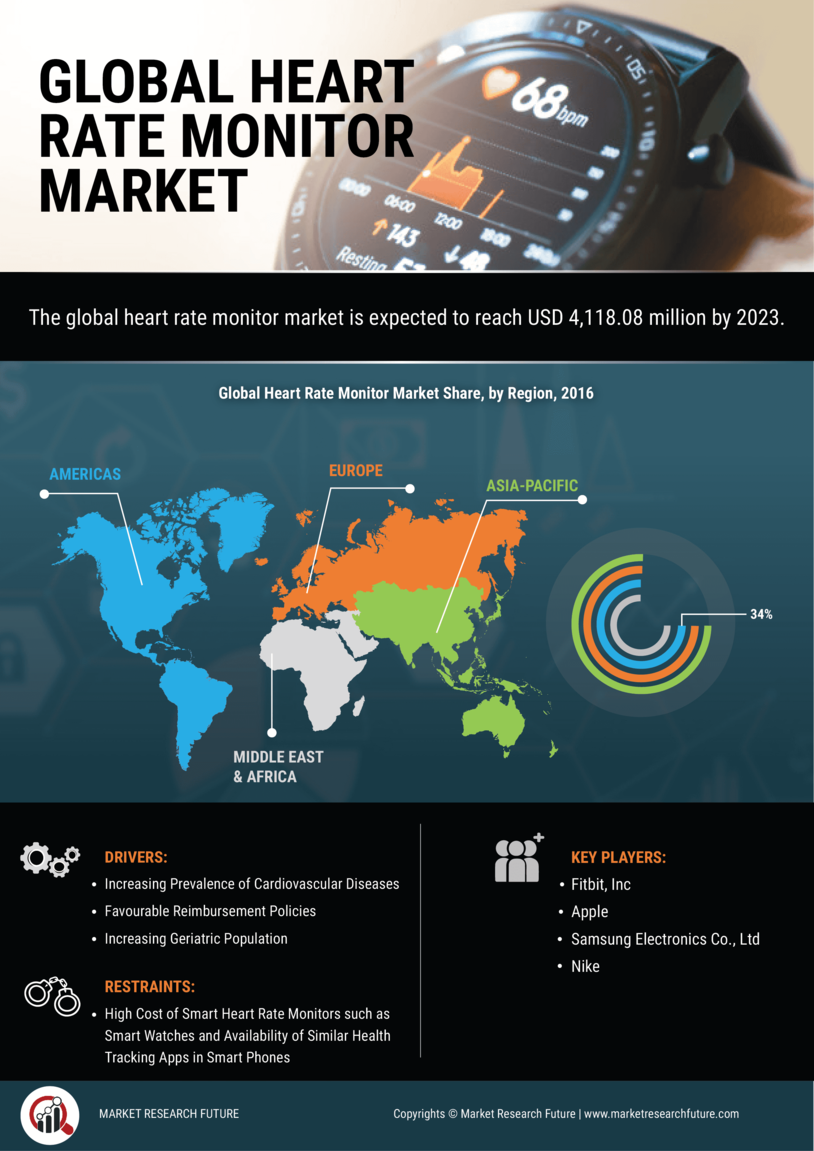

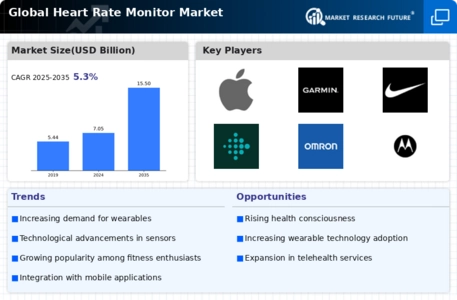

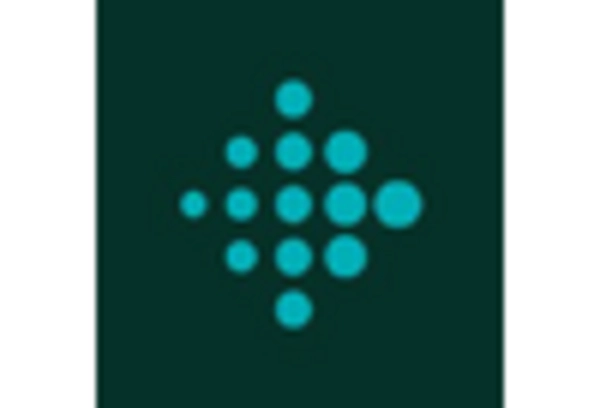
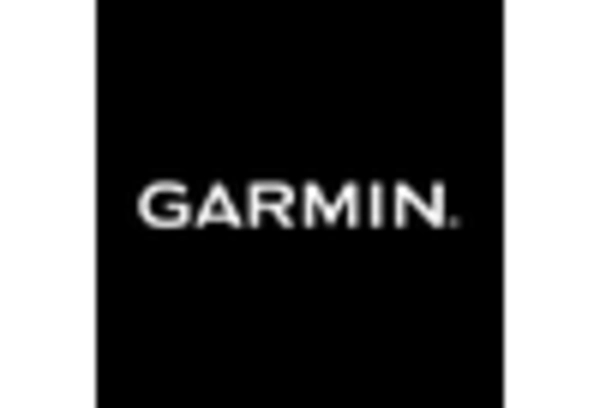
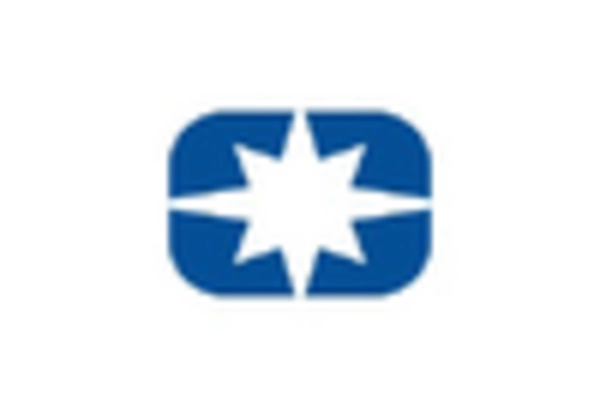

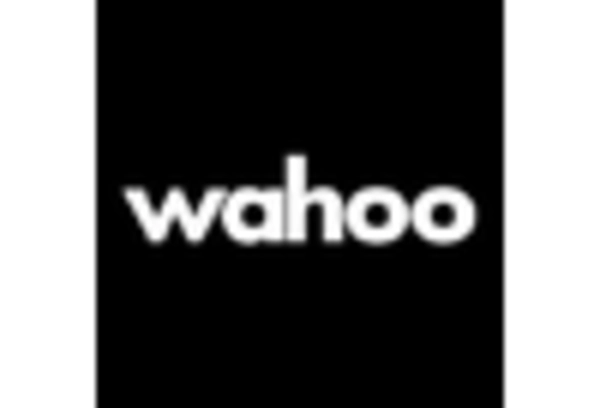








Leave a Comment